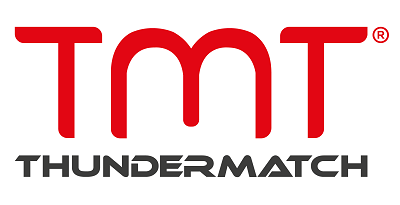


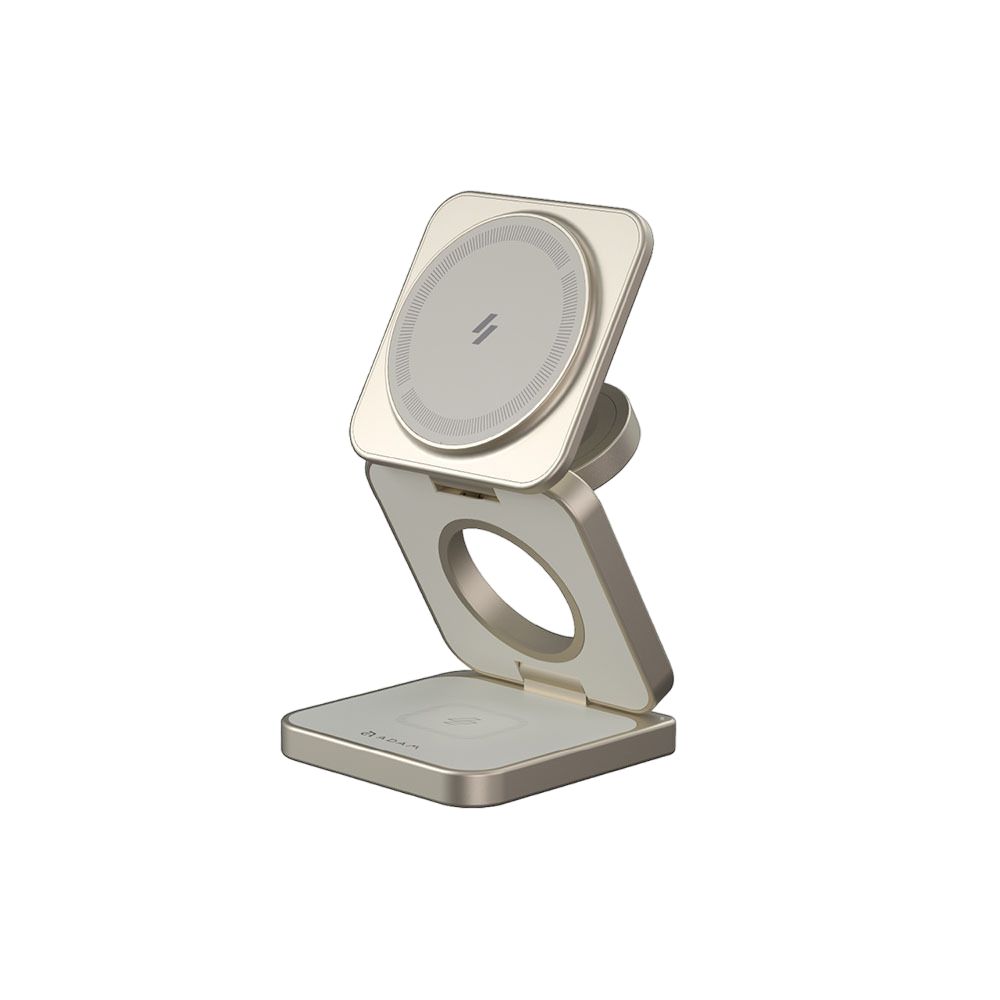
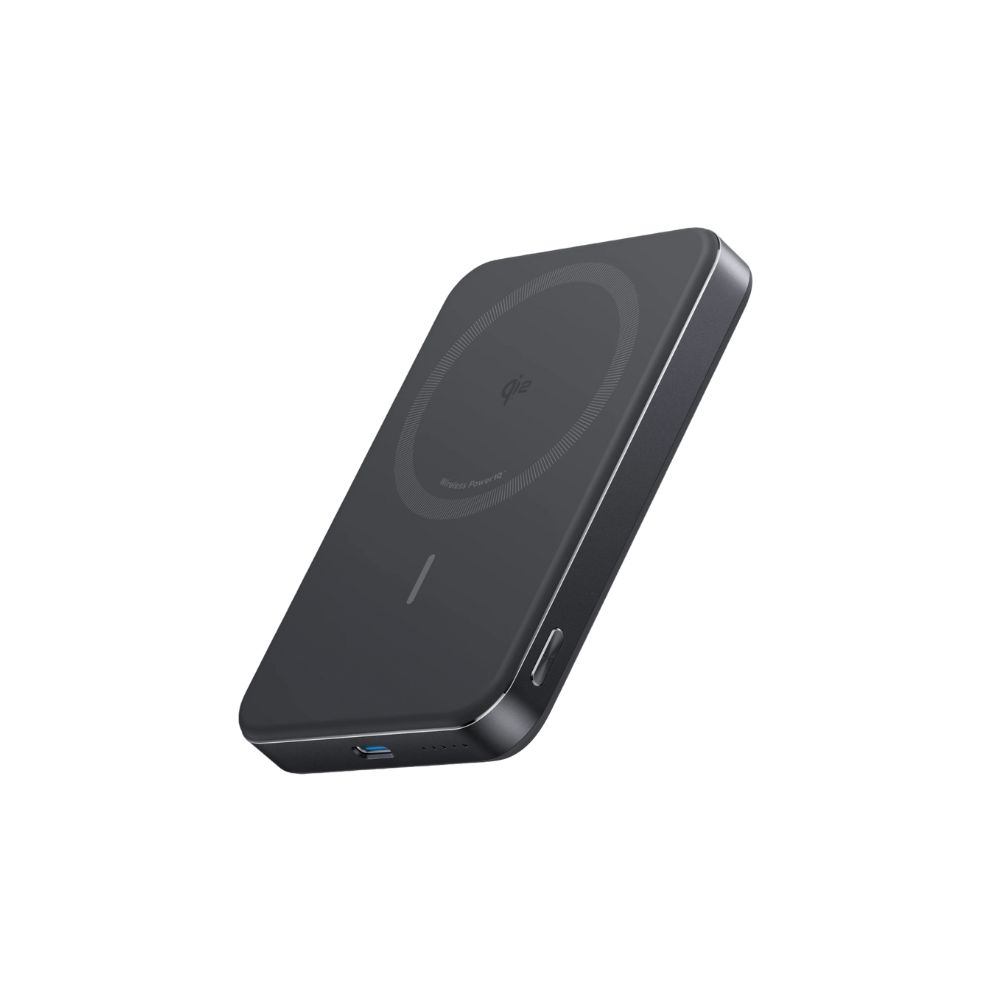
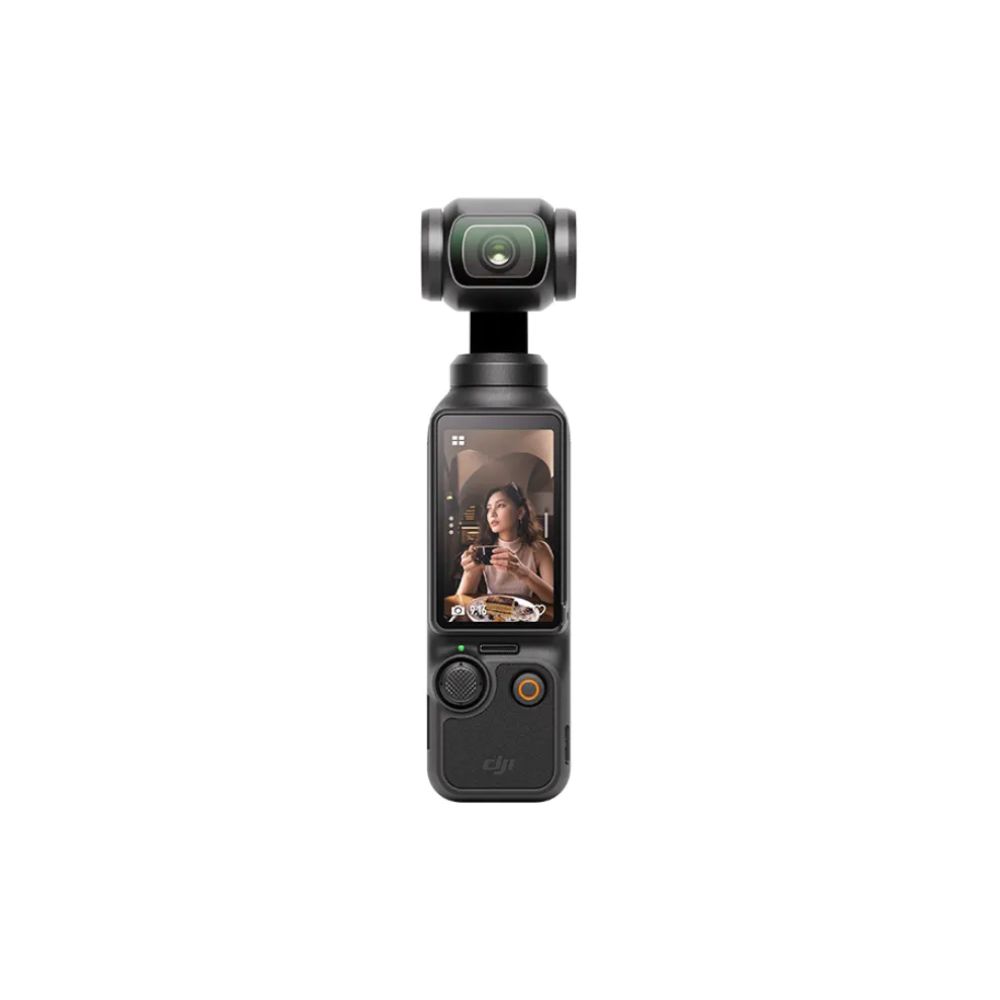
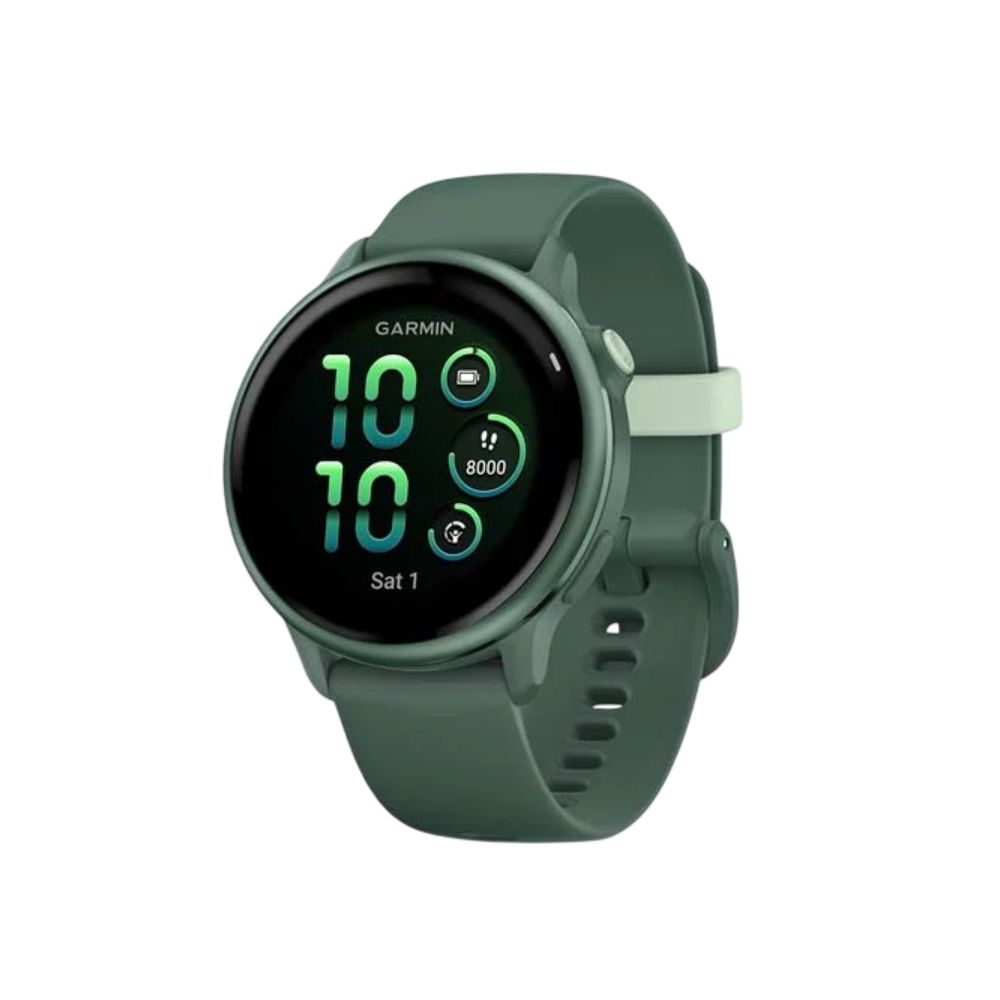
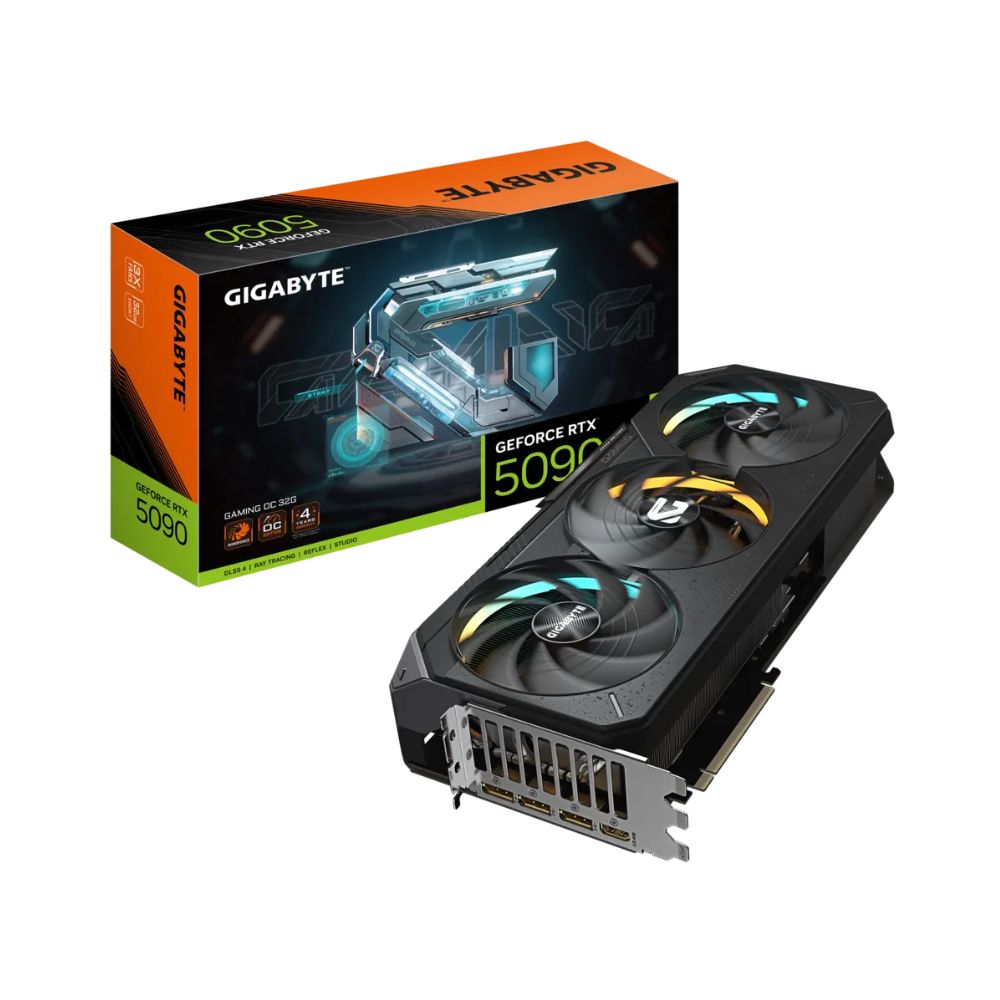


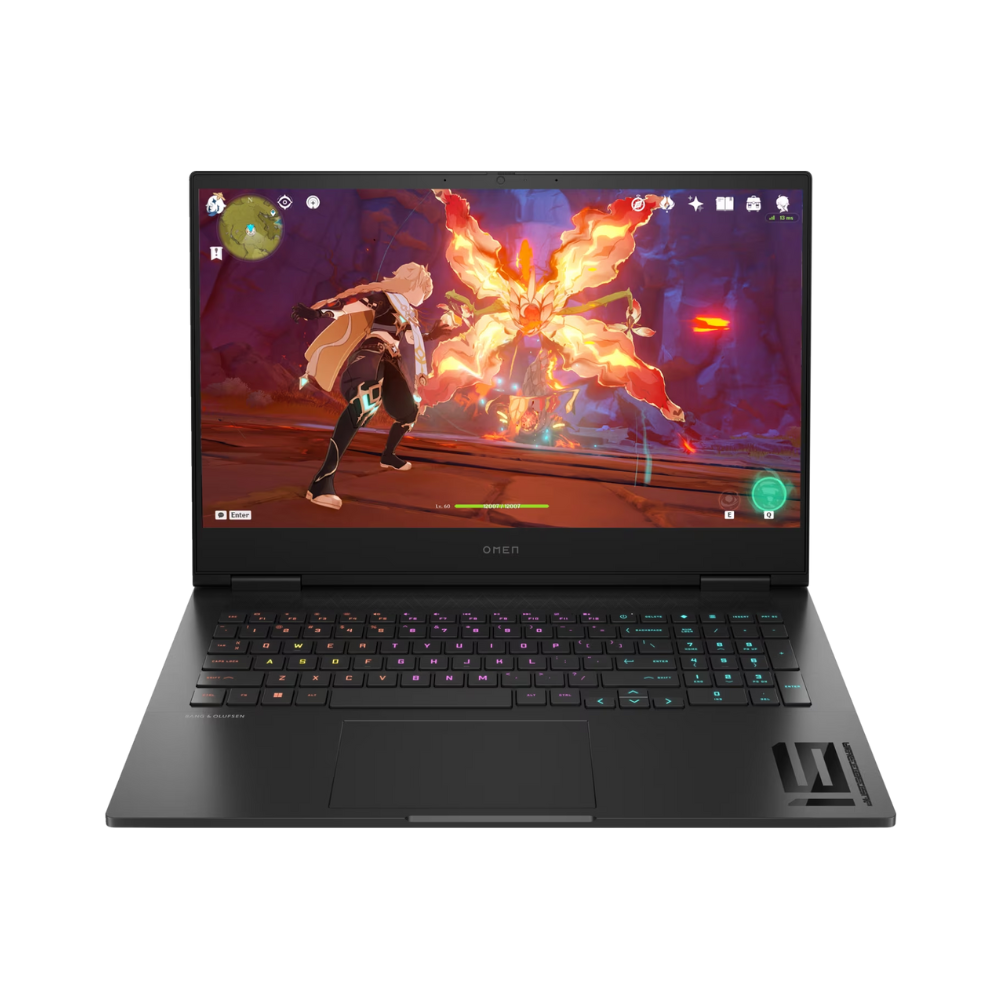
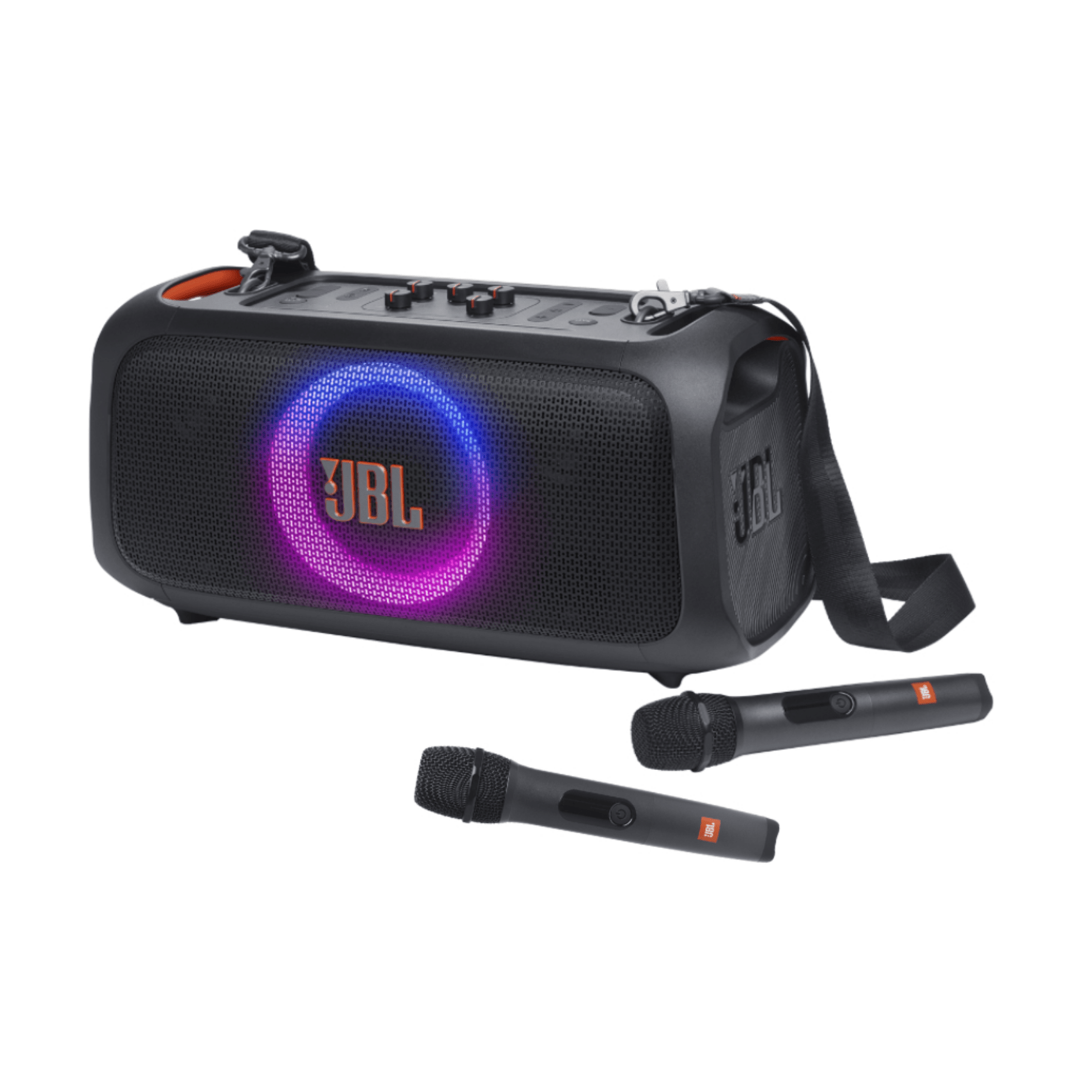
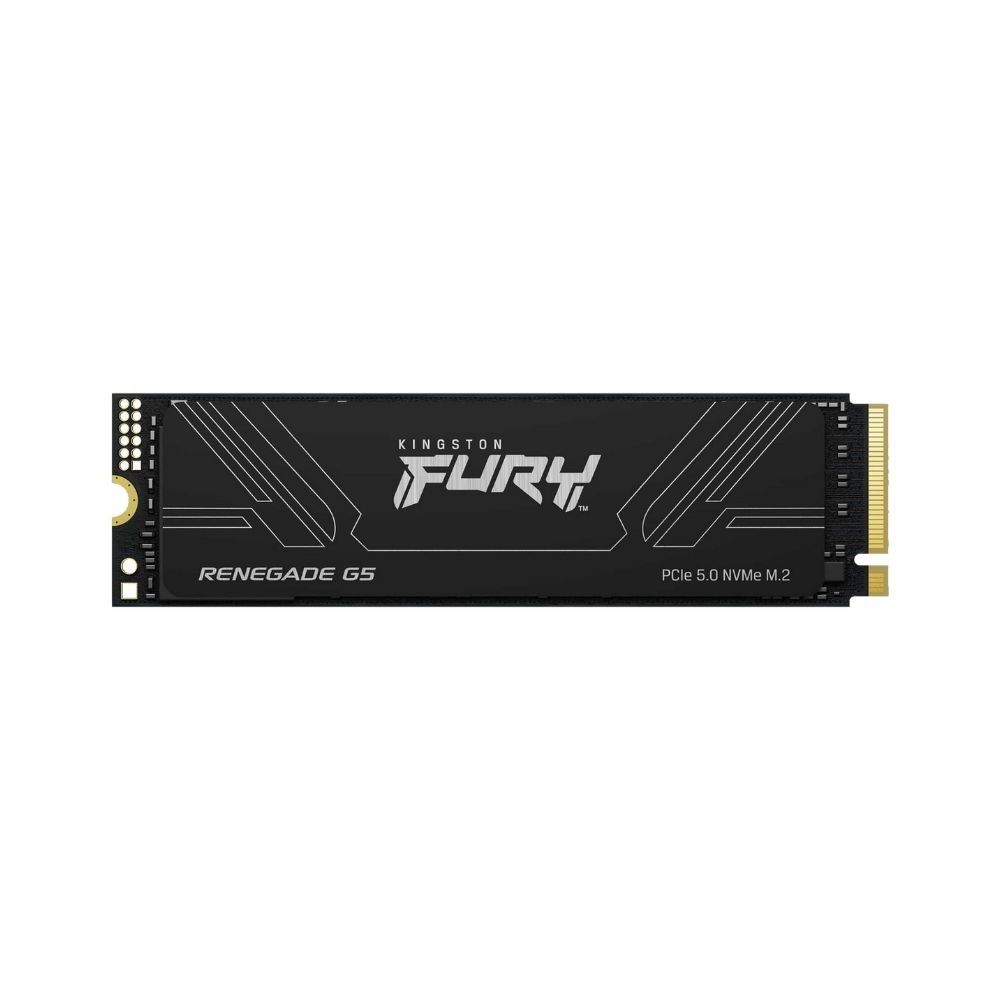

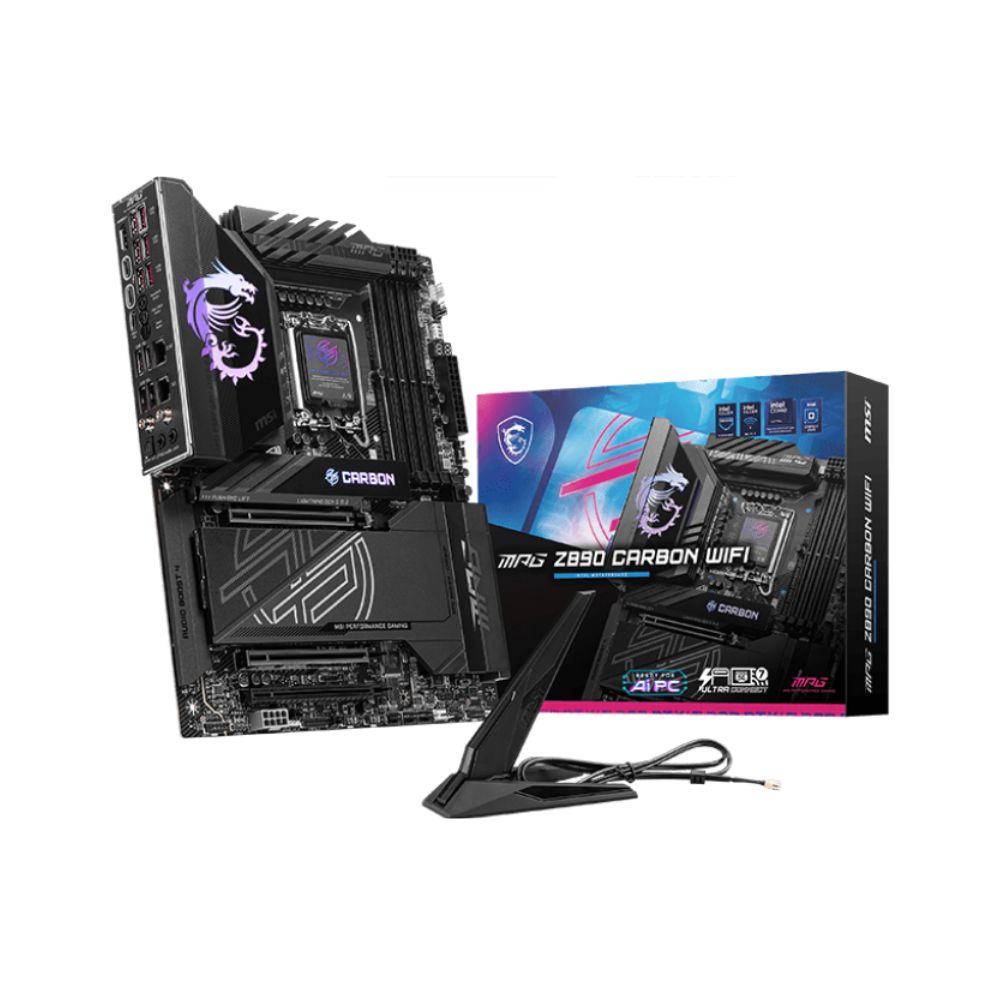

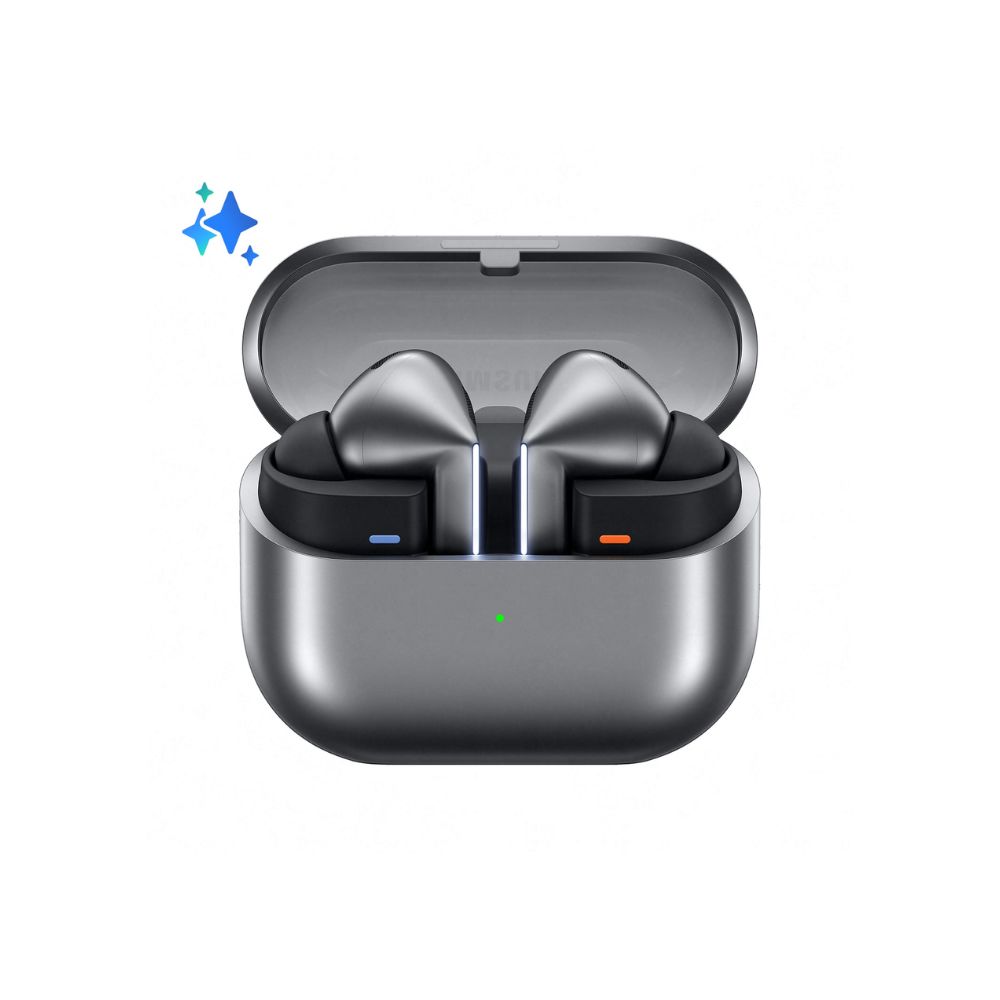
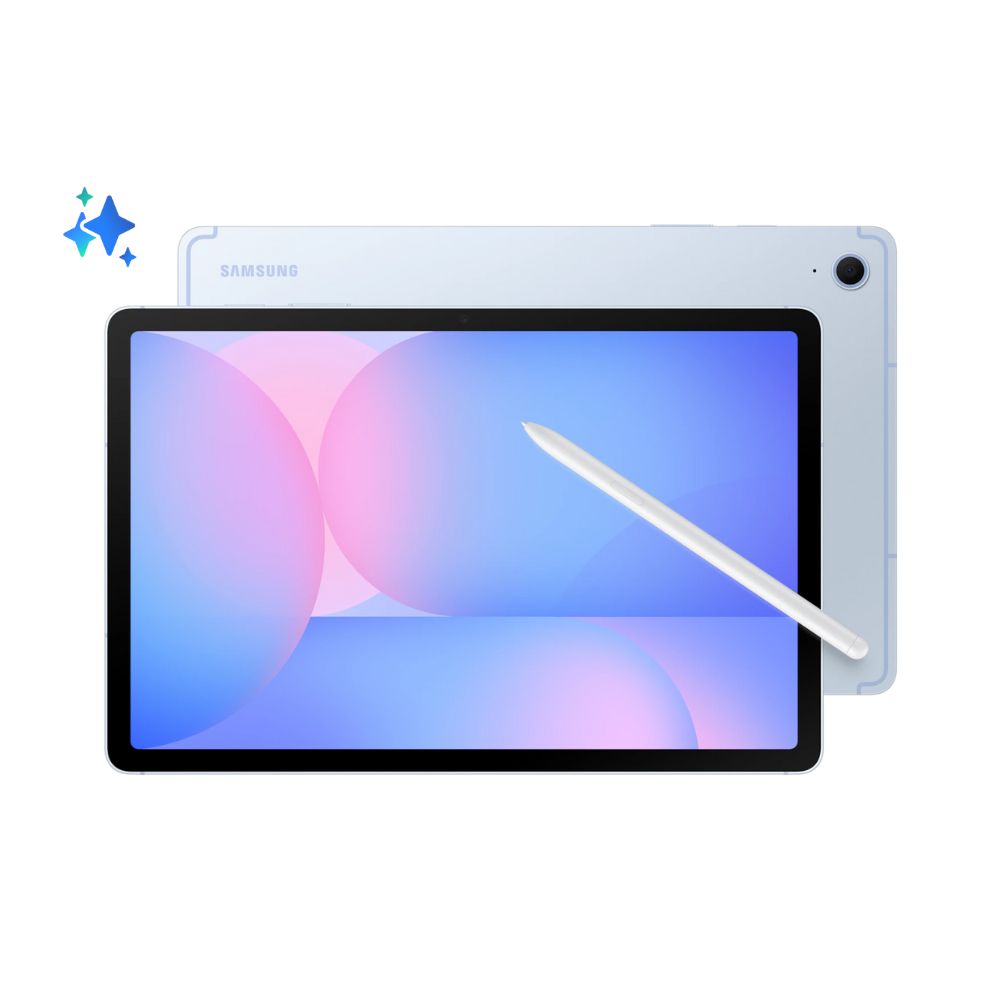
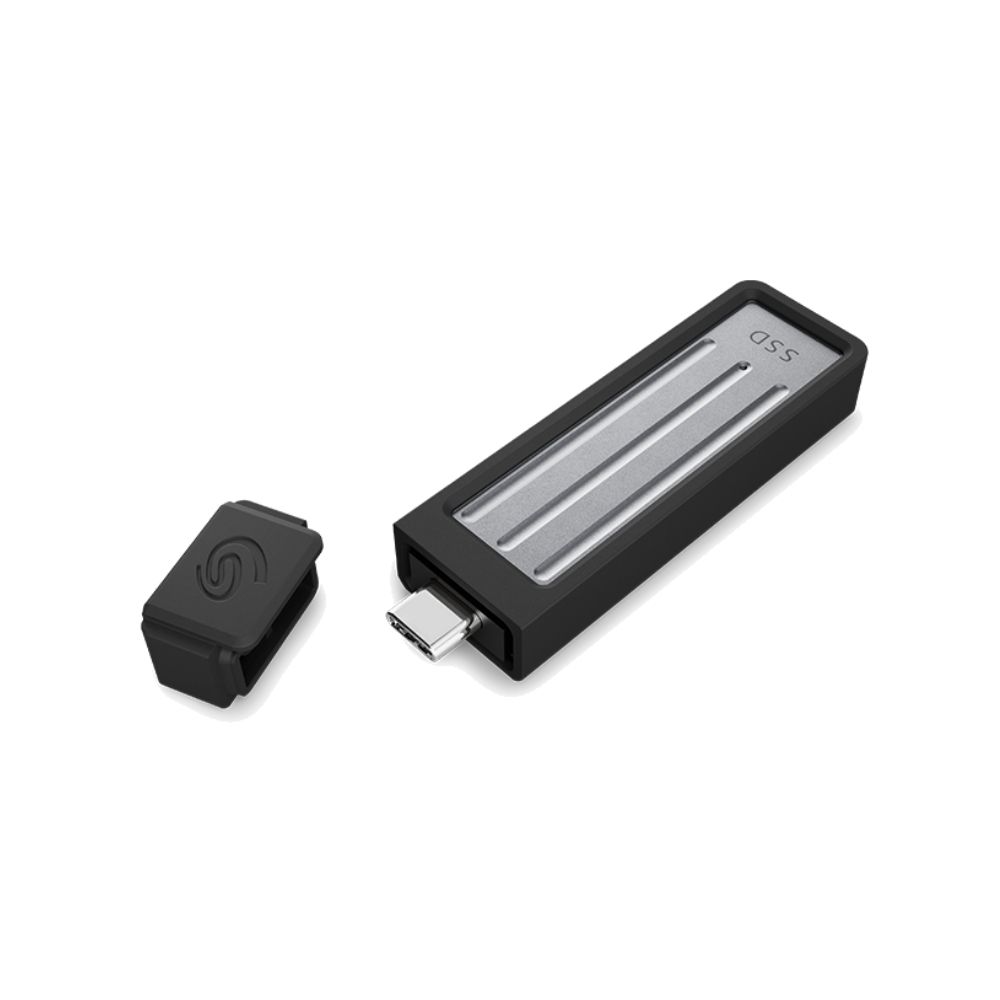
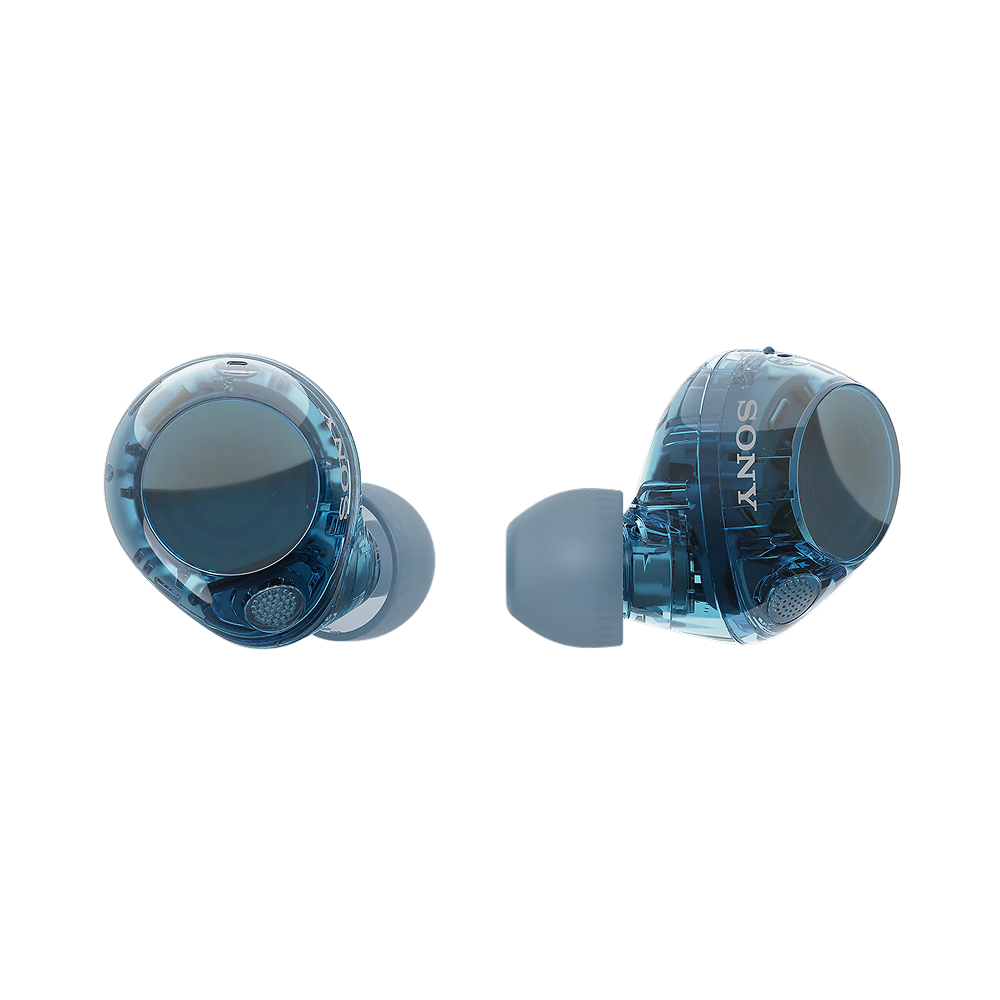
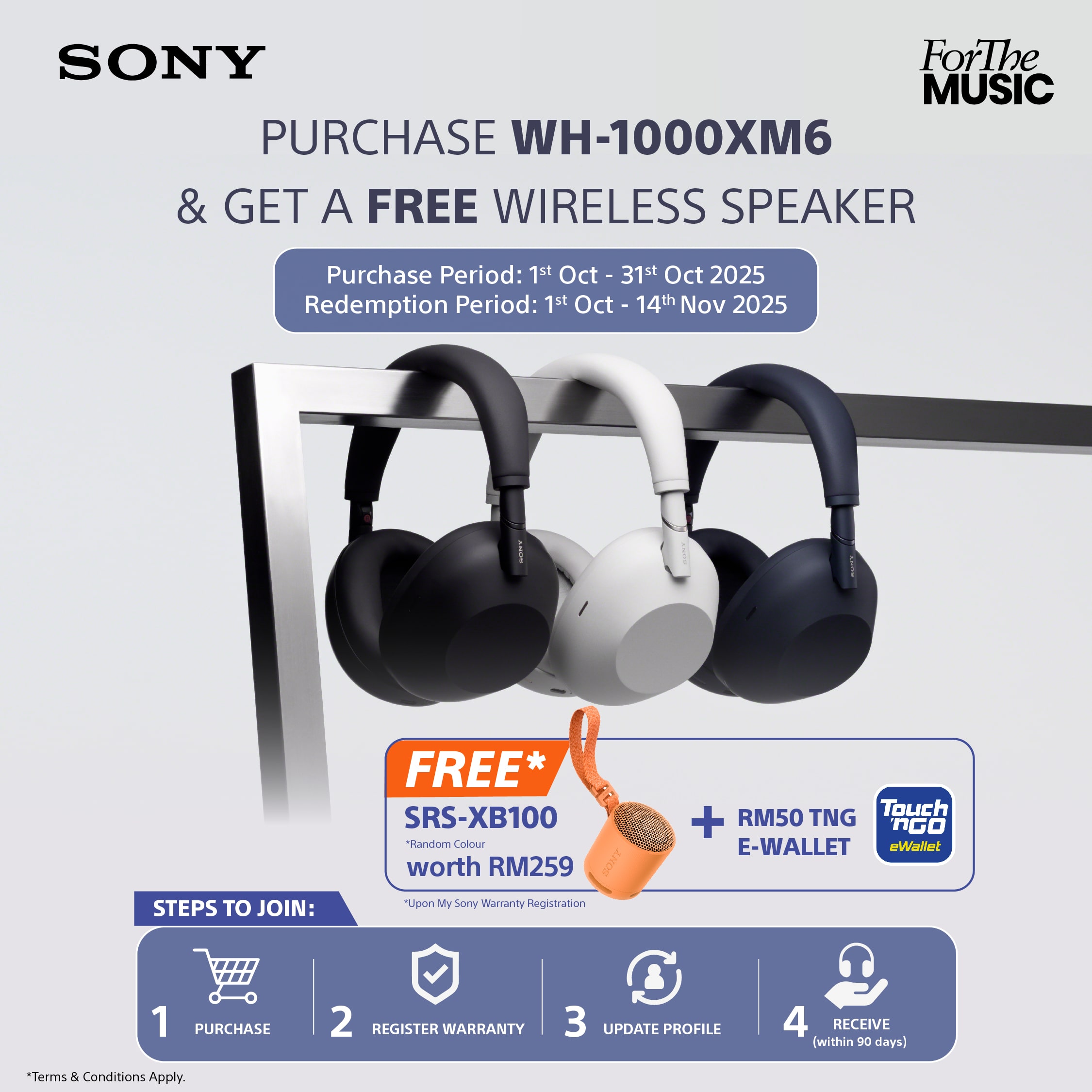
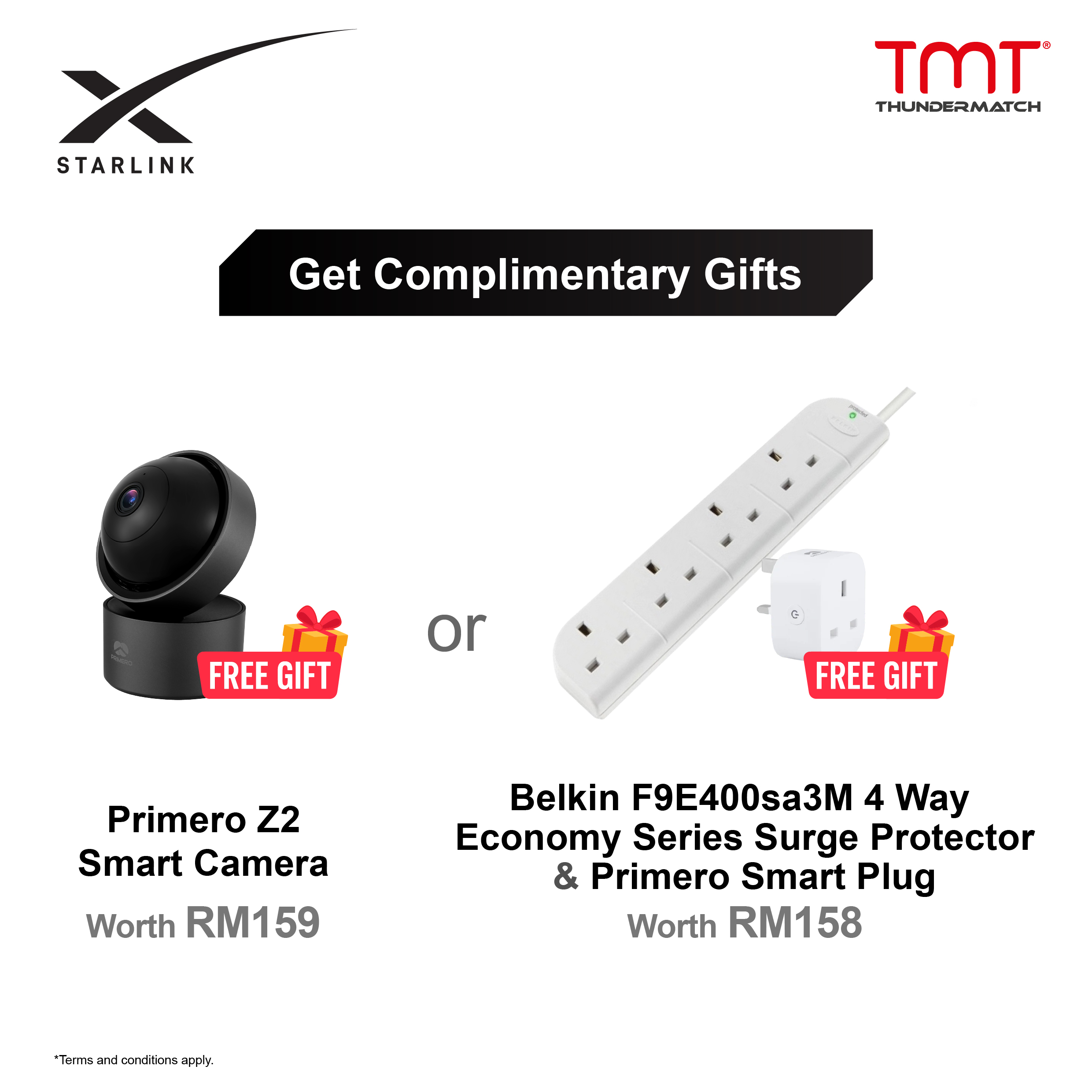
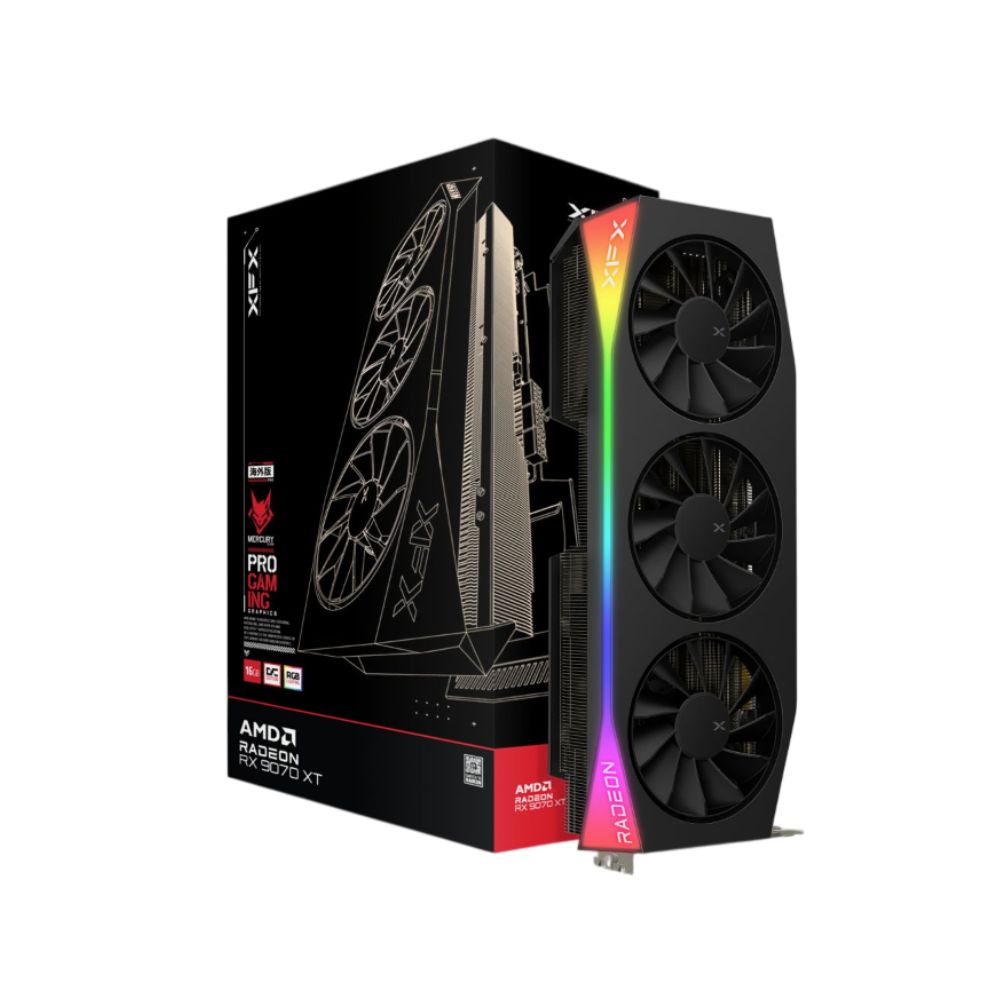
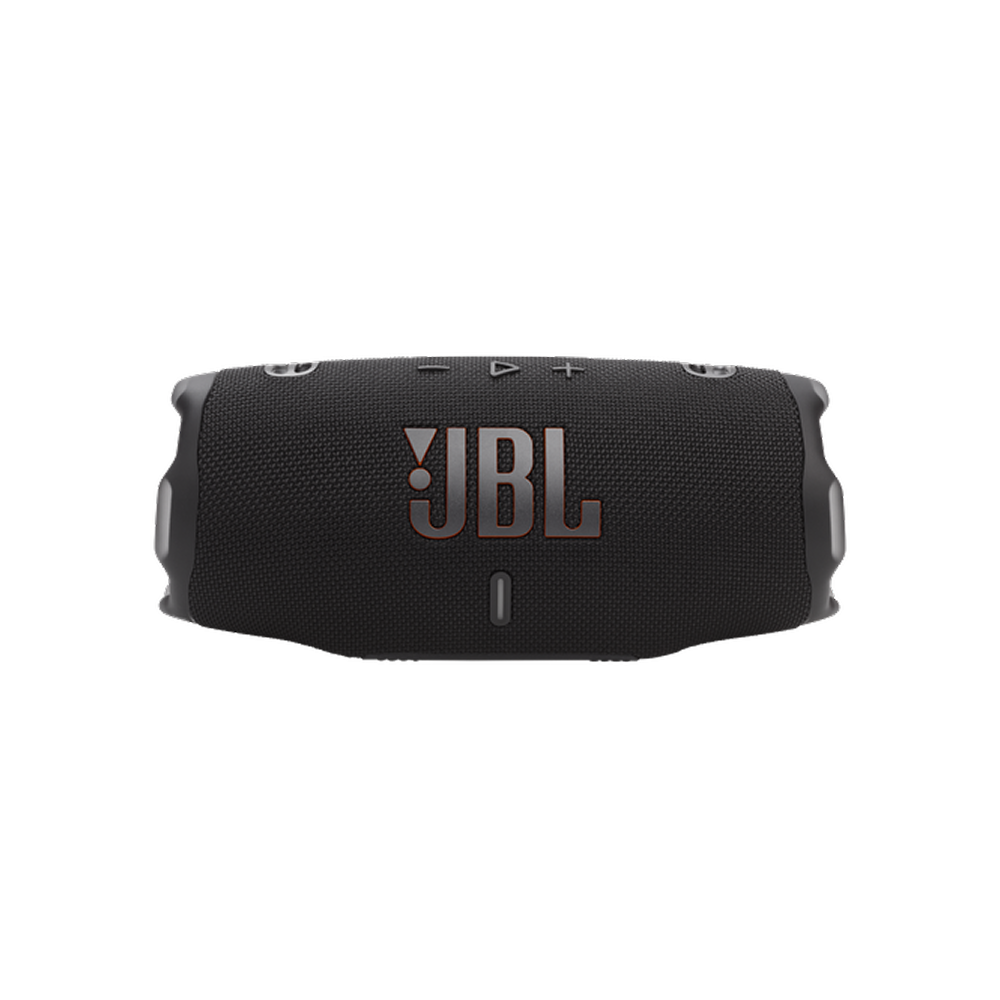
Ultimate Desk Setup: Sleek and Organized One-for-All Multi-Device Charging Station
Ultimate Desk Setup
Speed Charge Solution: Super Charge Devices with High Speed Capabilities
Speed Charge Solution
On-the-Go Essentials: Compact and Powerful - Getaway with Ease and No Worries
On-the-Go Essentials
Tech Meets Style: Crafting Your Persona with the Perfect Blend of Tech and Style
Tech Meets Style
For the iPhone 17 Series
For the iPhone 17 Series
For the Galaxy S25 Series
For the Galaxy S25 Series
Looking for a compact power bank with fast 15W wireless charging and built-in Apple Watch charger, Lightning, and USB-C cables? - Mazer Maglink 18i Power Bank
Need a durable USB-C to USB-C cable with 100W fast charging and high-speed data transmission that works seamlessly with all your devices? - Mophie 100W USB-C to C Sync Charge Cable
Searching for a versatile travel adapter with 1 Type-C and 4 USB-A ports, smart charging, and multiple global compatibility? - Verbatim 5 Port Universal Travel Adapter
Need a sleek yet powerful 3-in-1 Qi2 wireless charging dock with 15W wireless power that charges all your devices at once? - ADAM elements Mag Qube Qi2 Charging Station
Searching for a compact 10,000mAh power bank with 30W fast charging, built-in durable USB-C cable, and two-way fast charging for daily use? - ANKER Zolo 30W Power Bank
Looking for a versatile power bank with eco-friendly design and charges up to 3 devices simultaneously with fast wired and wireless capabilities? - Samsung Battery Pack